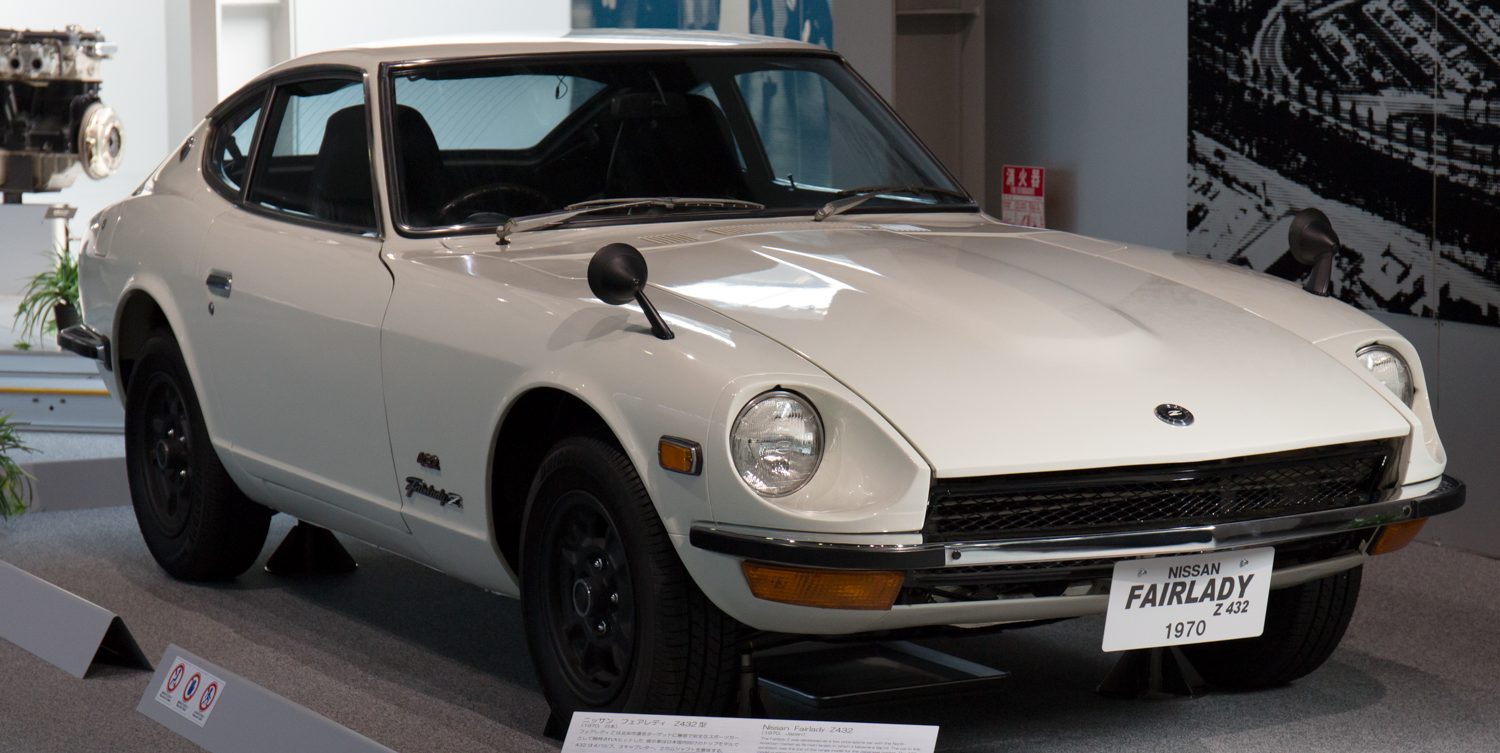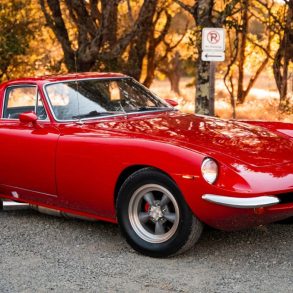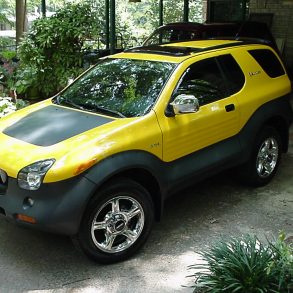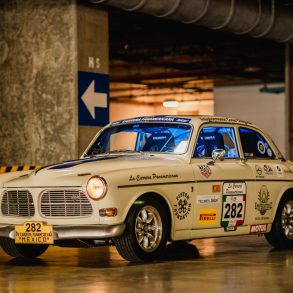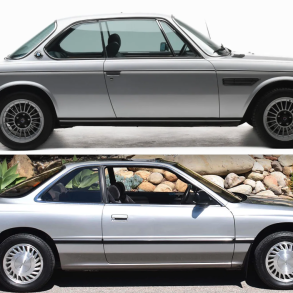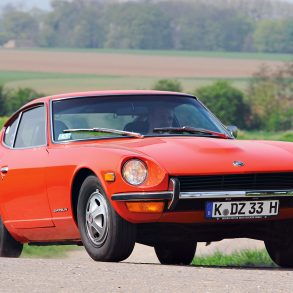A few weeks ago, a standard Series 1 Datsun 240Z sold for $315,000 on a much-publicized public internet auction. The results of the sale were staggering enough, but so too were the comments (close to 2,000) and viewers (over 50,000). Further surprising, was the fact that several bidders were in the fray, deep into the six-figure range. The last $80,000 came down to two bidders, duking it out to the end. We could spend a lot of time dissecting the market and future value propositions for a car like this, but I’d rather focus on the importance of the original design, its development, and the hidden performance 240Z variant that few enthusiasts know about.
With its unmistakable body design, capable performance, and durability as a “daily driver”, the Datsun 240Z hit the target market in a way that even seasoned automotive marketing experts had completely overlooked. Today, nearly 50 years since the development of the car that would change the face of Datsun/Nissan in America, restored 240Zs are becoming more and more popular, commanding collector attention like never before. And while the most coveted Series 1 1970 and early 1971 examples command much of the attention with enthusiasts around the world, a growing and dedicated following is rapidly building around the holy grail of the 240Z; the near mystical JDM (Japanese Domestic Market) Fairlady Z432.
The birth of the 240Z began in the early 1960s, as Nissan desperately needed to revitalize their aging Datsun 1600 and 2000. Realizing the roadster market was not large enough to warrant investment, they focused on a closed body design. Nissan approached Yamaha and designer Albrecht Goertz to conceptualize a design.

During the two-year period (1963-1965) Goertz developed the Nissan A550X with two internal Nissan designers, Kazuo Kimura and Fumio Yoshida. Though much has been lauded about Goertz’ leadership, it is widely held that the resultant prototype was largely the work of Kimura. Yamaha, having participated in the drivetrain engineering, developed the prototype. Yet Nissan and Yamaha, unable to come to terms with the costs and partnership, abruptly ended their relationship. Some speculate that Yamaha presented the A550X to Toyota shortly thereafter, somehow inspiring in the Toyota 2000GT, but there is only nominal evidence of this, and ample internal Toyota design reference to refute any A550X lineage to the 2000GT.

Back at Nissan, however, the idea of a closed GT sports car refused to die primarily due to an upstart marketing executive in North America; Yutaka Katayama, known to his friends and coworkers as “Mr. K”. Having been initially sent to America to do market research, later to become president of Nissan U.S., Mr. K had seen much of the California car culture personally and thus was well aware of the value of a car with both European flair and performance— a “reliable E-Type”.
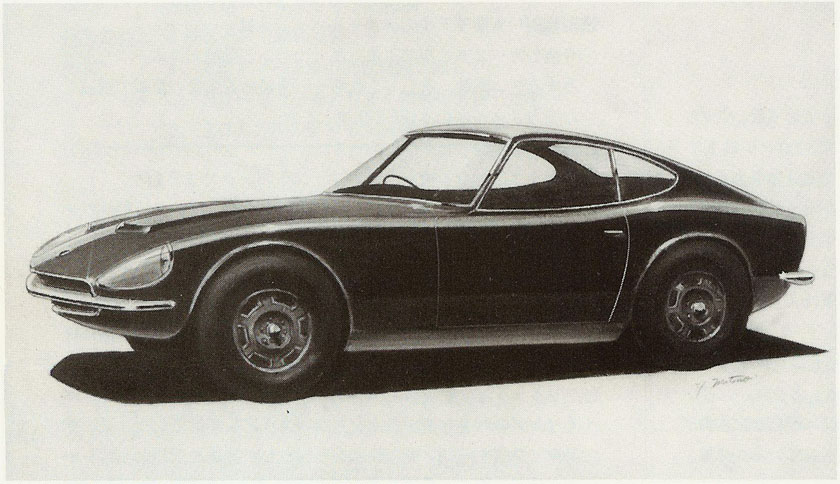
By 1965, the Nissan internal design would begin to emerge under Teiichi Hara, with Yoshihiko Matsuo, as Chief Designer for the sports car studio, Utsuki Chiba, on interior design, and assistant designer Akio Yoshida. Though the internal design team most certainly were aware of the earlier Goertz/Kimura/Yoshida A550X efforts, the Nissan styling staff would eventually and wholly develop the prototype that would become the 240Z as we know it today. Nissan to this day only courteously acknowledges Goertz’ hand in the early genesis.
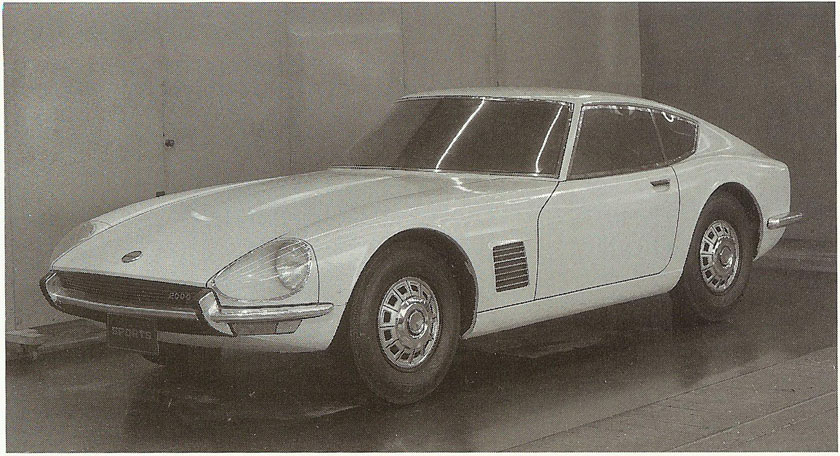
As the final design began to emerge, Nissan was encouraged by Mr. K and his unrelenting quest to make it a viable production sports car. Chief Designer Yoshihiko Matsuo, and Assistant Designer Akio Yoshido and their team, worked tirelessly to finalize the 240Z in clay by 1966 and the prototype by 1967, giving it much of the refinement and clean, simple Japanese character that made the 240Z so unique. The Datsun 240Z (North American designation) and Nissan Fairlady Z debuted in October 1969 surprising the automotive press and eager buyers, offering striking and unique styling, performance, reliability, and surprising build quality – all at an affordable price.
Targeted specifically to win the growing youth market in North America, Nissan also offered the ultimate performance variant, the Fairlady Z432. Working with merger partner Prince, Nissan developed their formidable S20 straight-six engine into a competition powerhouse, culminating with the launch of the Skyline GT-R, itself a legendary JDM car. These amazing twin-cam engines graced the engine compartments of only 420 factory-built 432s between 1969 and 1973, making the Fairlady Z432 among the most desirable performance cars to ever come out of Japan.
Despite the familiar looks to the standard 240Z, the 432 was a radically different car. To begin with, the heart of the 432 was the race-bred, 2 Liter DOHC six-cylinder engine. This high-revving engine featured hemispherical combustion chambers, a 24-valve cross-flow alloy head, triple Mikuni carburetors, and transistorized ignition. The engines were essentially hand assembled, tuned with special exhaust and tube headers, and Fujitsubo dual exhaust pipes. The engine developed 160 horsepower, feeding into a heavy-duty, 5-speed gearbox, delivering power to an R192 limited slip differential.

All of this resulted in a 14% improvement in power to weight ratio over the standard Z. But it didn’t come cheap. At roughly double the price of a standard 240Z, it’s clear to see why fewer than 500 were made. The name, 432, incidentally, was derived from the engine design, featuring 4 valves per cylinder, 3 Mikuni side-draft carburetors and 2 camshafts. All 432s were produced for the Japanese Domestic Market, and as such, were all RHD. Racing success proved to be significant with first place wins at the 1970 Race de Nippon, 1970 Suzuka 1000 km, and 1971 Suzuka 500 km.
With mythical rarity and the added value of an early Series 1 designation, the Fairlady 432Z delivers a powerful 1-2 twin-cam punch for performance and posterity. Though it might be hard to imagine that 50 years ago the designers planned a car that would stand the test of time, it appears that rarity, good design, and collector interest have proven that Mr. K and his team at Nissan created a lasting legacy. And, with car companies increasingly moving production to SUV platforms and electric vehicle power, it’s very likely we may never see another all-out performance sports car for the masses with the same philosophy as the original 240Z.
[button link=”https://dev.sportscardigest.com//product-category/subscriptions/” color=”red”]Want access to over 8,000 more articles like this one? Click here and sign up for as low as $3/month.[/button]


